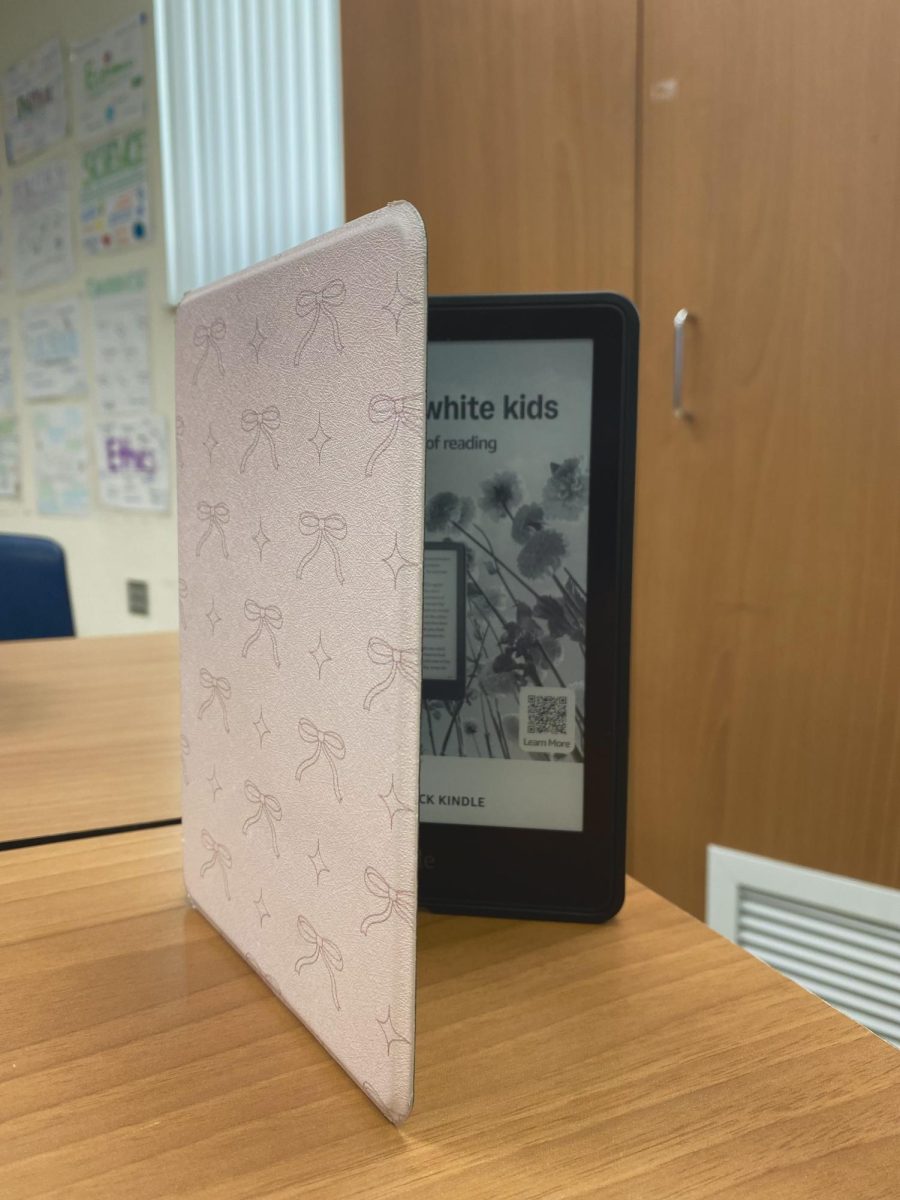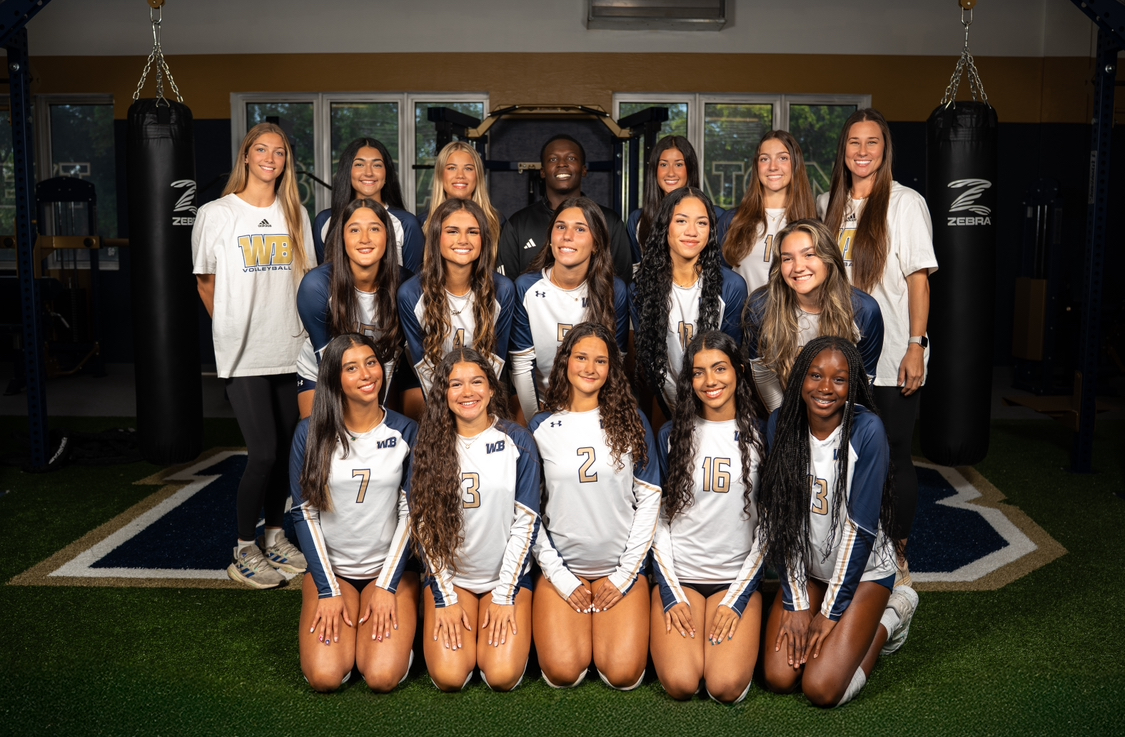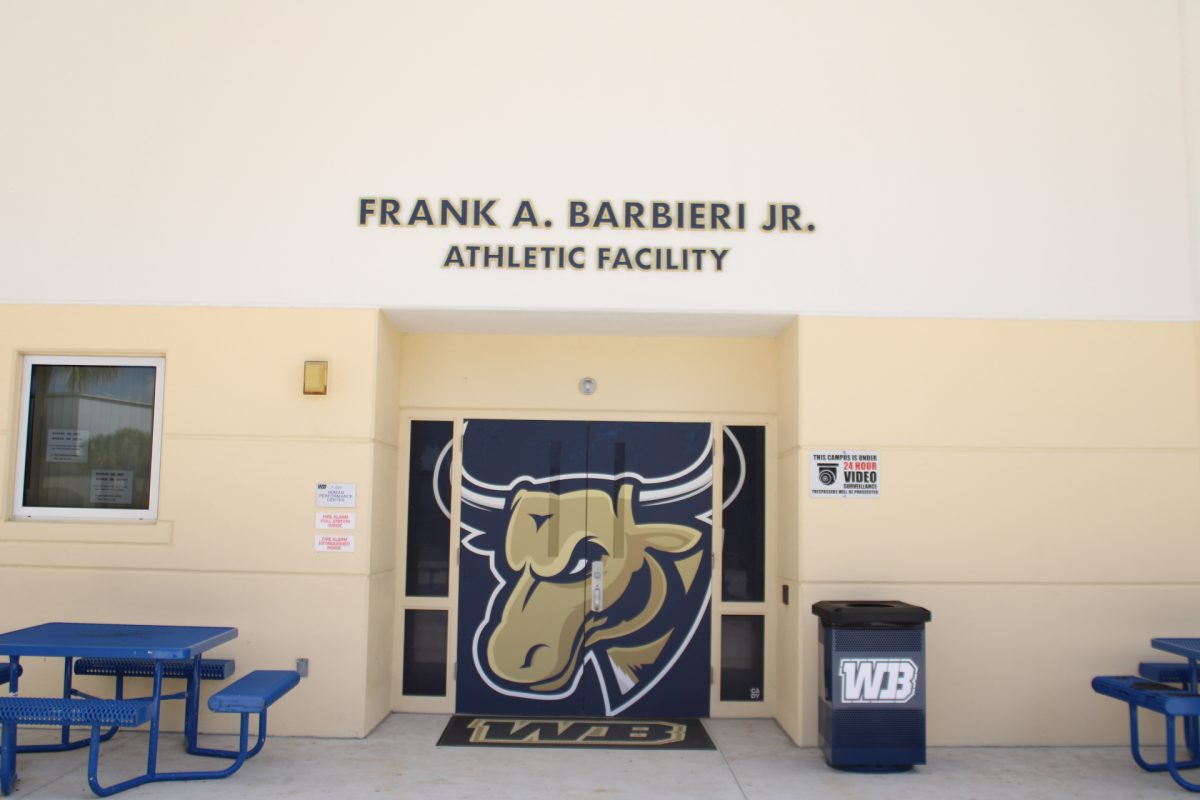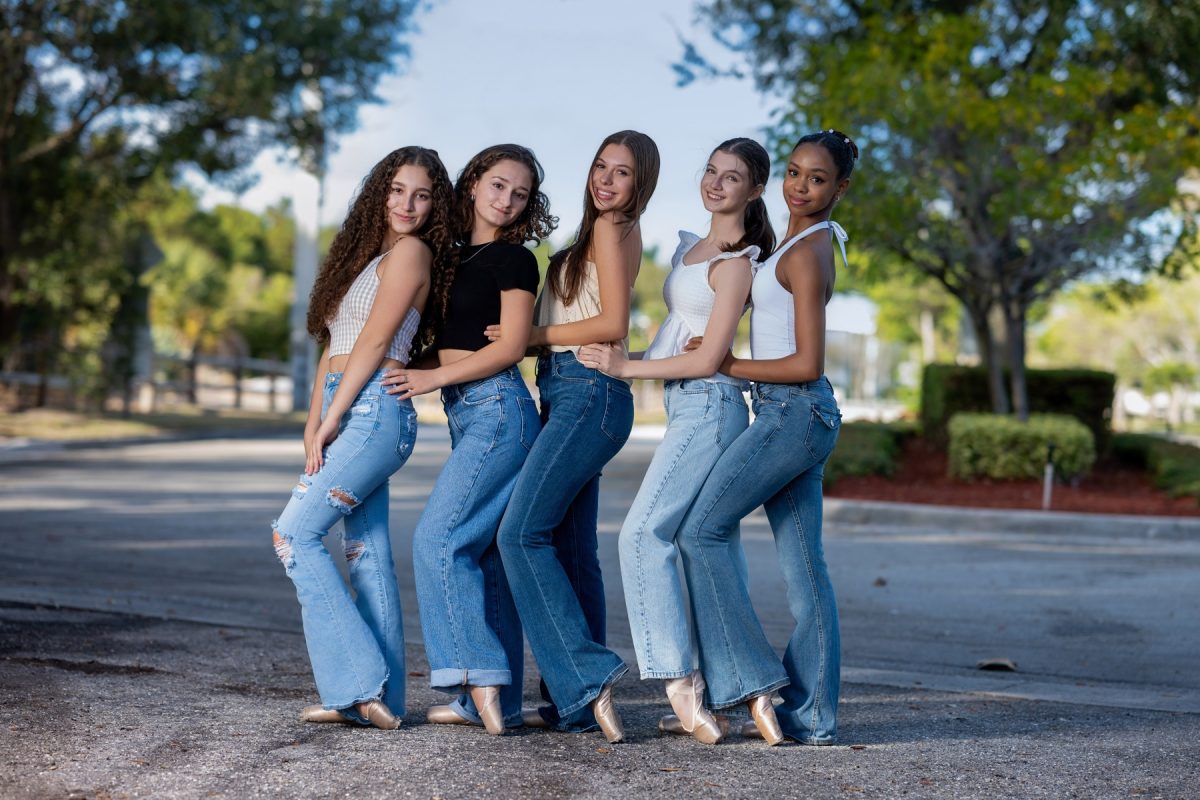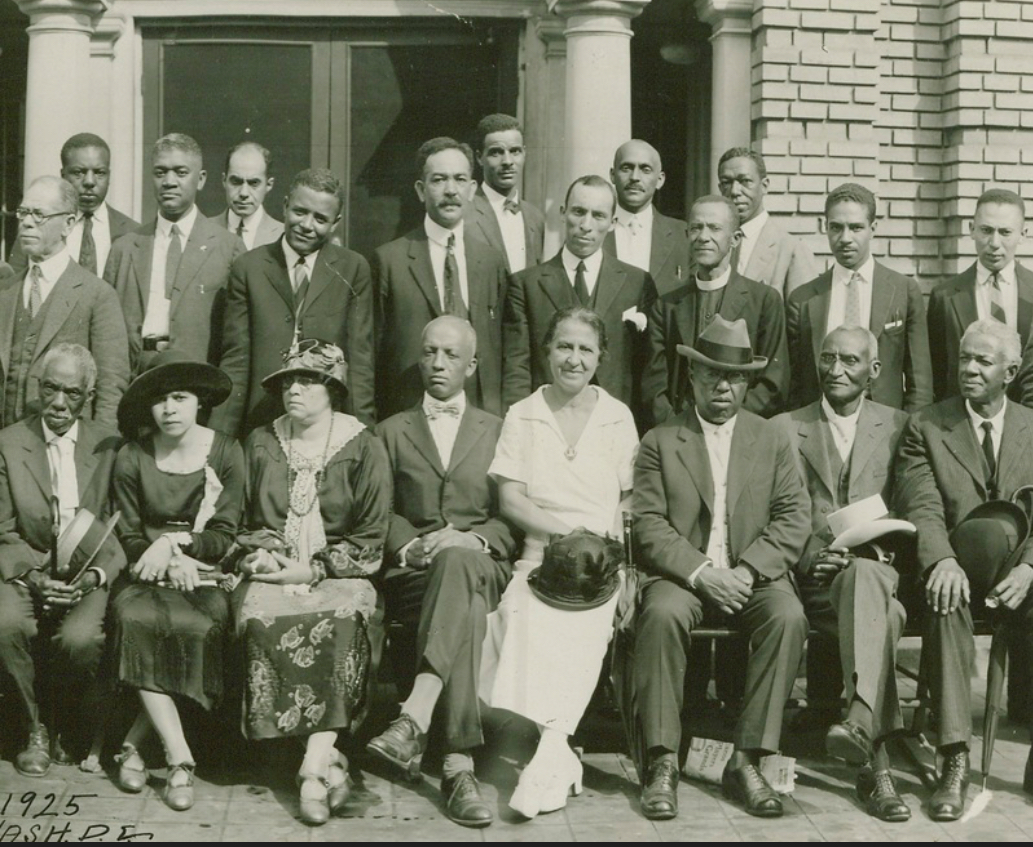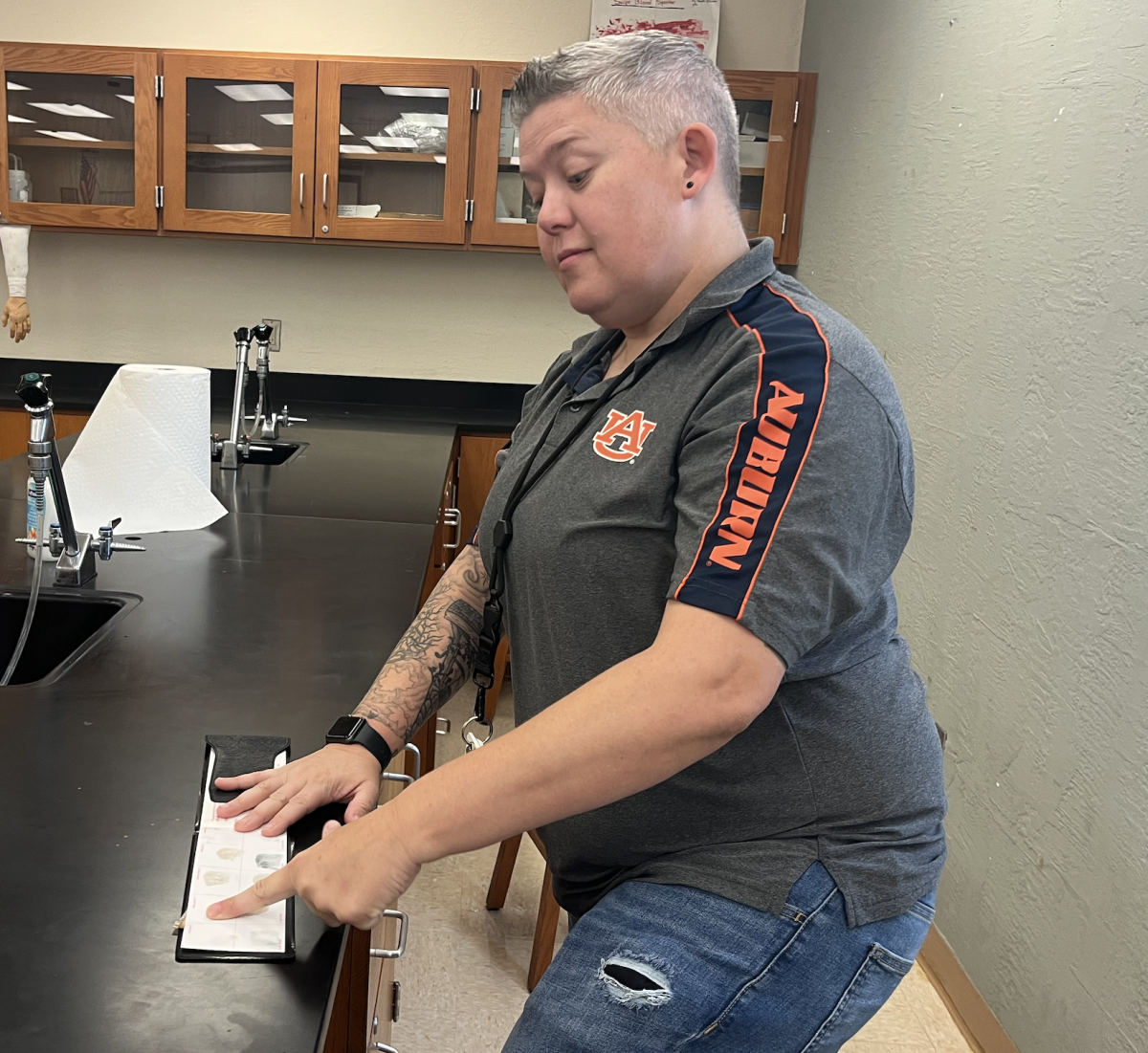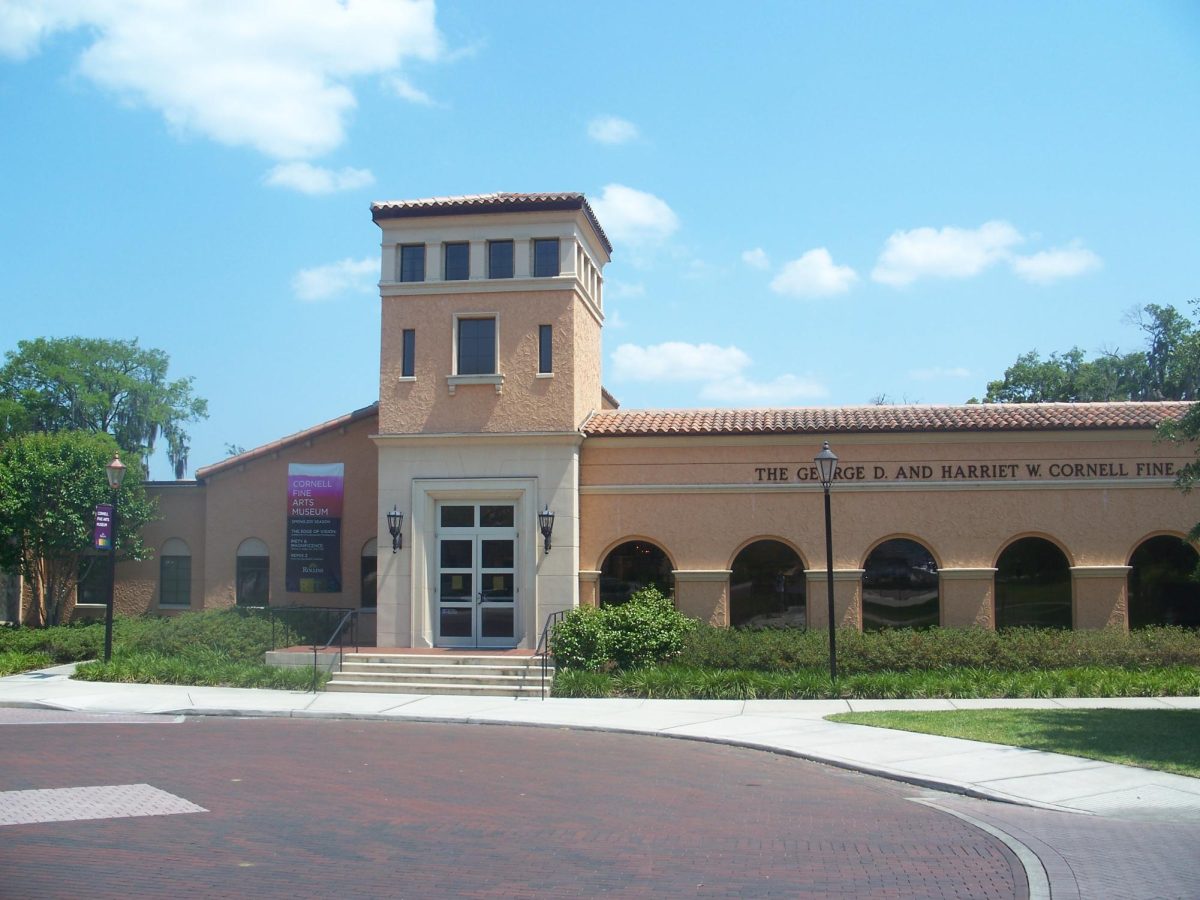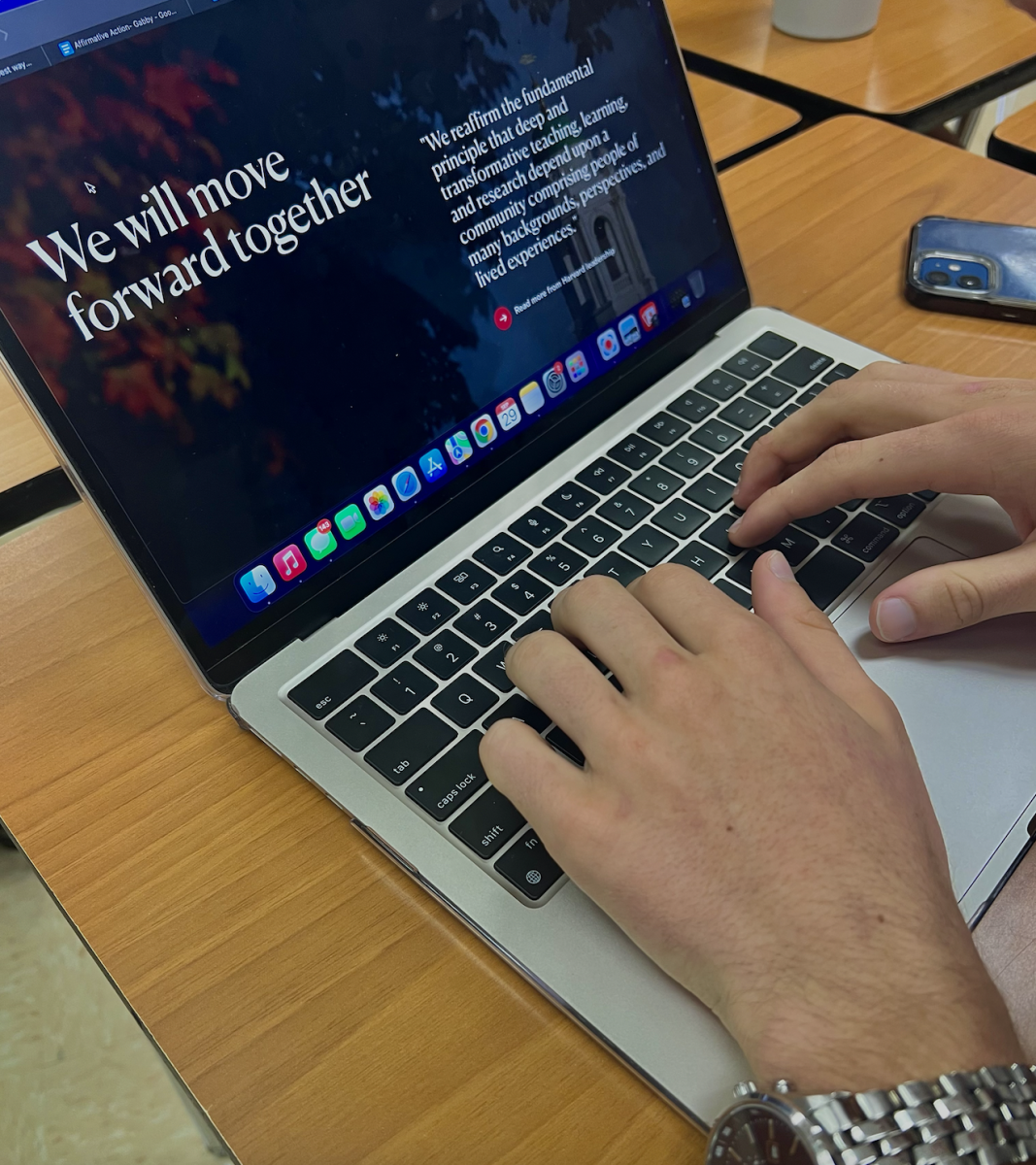Since 1978 through Regents of University of California V. Bakke, affirmative action has been debated in the corridors of justice, chambers of legislature, and comments of social media posts. This summer, the US Supreme Court finally came to a decision after nearly a year of deliberation on Students for Fair Admissions, Inc v. President & Fellows of Harvard. Ultimately, SCOTUS struck down race-conscious admission policies in higher education by a vote of 6-3. The judges justified this decision by the Equal Protection clause of the 14th amendment. They stated that affirmative action policies perpetuate racial stereotypes and restrain universities from treating applicants as individuals as opposed to components of a racial class.
Nevertheless, people remain divided about the presence of affirmative action in college admissions. As for the institutions themselves, many have voiced their displeasure in the ruling. Colleges still want to ensure they have diverse student bodies, so they have sought out loopholes. For instance,they have implemented new supplemental essays that encourage students to discuss their unique identity, including race and ethnicity.
Take Harvard University’s 2023-2024 prompt: “Harvard has long recognized the importance of enrolling a diverse student body. How will the life experiences that shape who you are today enable you to contribute to Harvard?” However, this wasn’t a tactic to breach the supreme court decision. Chief Justice John Roberts himself wrote, “nothing in this opinion should be construed as prohibiting universities from considering an applicant’s discussion of how race affected his or her life, be it through discrimination, inspiration, or otherwise.”
Legal verdicts, public opinion, and an unwavering commitment to a just society continue to interact and shape the journey towards equality and representation in education. Therefore, we can anticipate innovative practices in years to come as college remains a diverse and inclusive experience.






